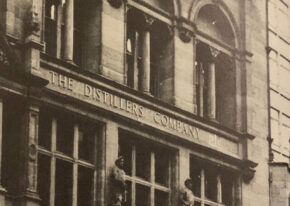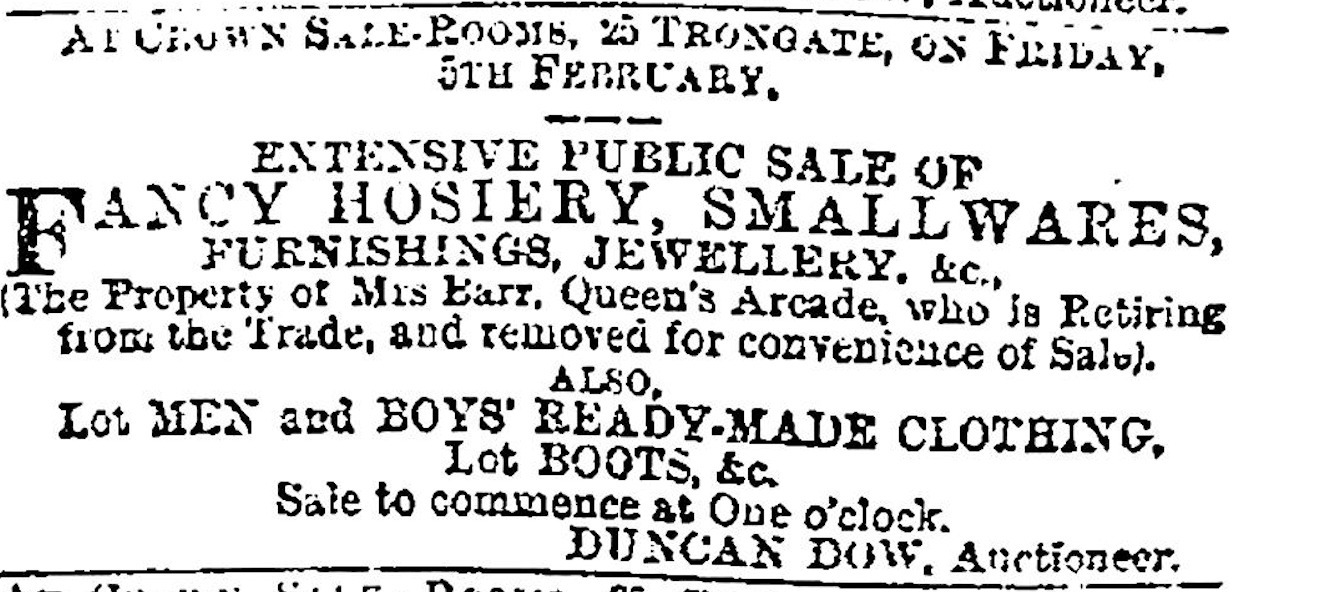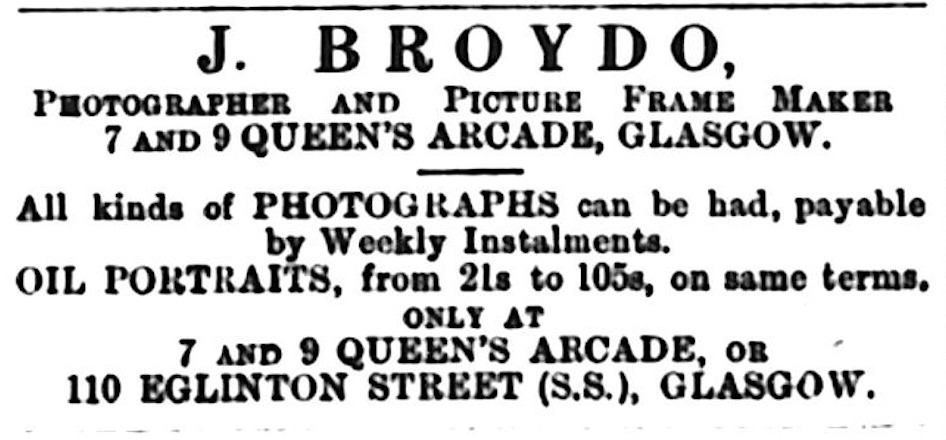We’re thrilled to announce that this spring we will be hosting the Eastern Ground exhibition at our offices on Bell Street. Partly funded by Glasgow City Heritage Trust, the Eastern Ground project saw the creation of six stunning handmade garments which celebrate the heritage and people of the East End. Designed by bespoke tailor Alis le May, each costume was inspired by one of the area’s historic buildings.
Following on from the original exhibition, held at Strangefield in Dalmarnock, we are delighted to now present a selection of the garments on display at our city centre offices.
Alis explains, “I want people to take fresh look at the area – to appreciate its people, its buildings, the memories they inspire, and even the flowers and plants which grow there…These buildings are not just architectural landmarks; they are repositories of community memories and shared histories”.
The exhibition will also include work by master dyer Julia Billings from her Mapping East End Colour project. This explored the dye potential of the East End, with samples dyed using flora collected from within a mile of Julia’s studio in Bridgeton.
Exhibition dates and times:
Monday 25th March 2024 – Friday 3rd May 2024
Exhibition open daily Monday to Friday 10am – 4pm, except for Easter when it will be closed from Friday 29th March to Monday 1st April, reopening Tuesday 2nd April.
The exhibition will also be open on two weekends:
Saturday 6th and Sunday 7th April 10am – 4pm
Saturday 13th and Sunday 14th April 10am – 4pm
Location:
Glasgow City Heritage Trust, 54 Bell St, Glasgow, G1 1LQ
How to get here:
By Train: The closest train station is High Street (0.2 miles), or Queen Street (0.5 miles) | More information via Scotrail
By Subway: The nearest Subway station is St Enoch (0.6 miles) | More information via Glasgow Subway
There is limited on-street metered parking on Bell Street and surrounding area. The nearest multi-storey car park is Q-Park at Candleriggs
Free entry








































